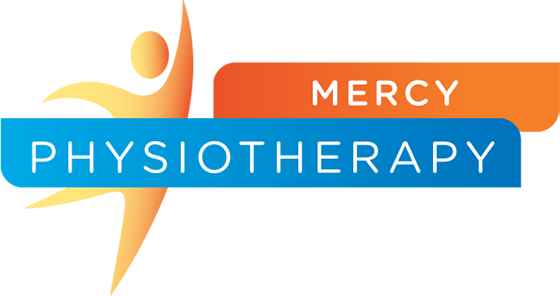Pelvic girdle pain (PGP) is a common condition during pregnancy, affecting up to 1 in 5 pregnant women.

It refers to pain in the joints, ligaments, and muscles around the pelvis, which can significantly impact mobility and quality of life. While PGP can vary in severity, early management and appropriate care can help reduce discomfort and maintain function throughout pregnancy.
What Is Pelvic Girdle Pain?
PGP typically occurs when the pelvic joints become unstable or experience uneven movement due to the changes that pregnancy brings. It most commonly affects the:
- Symphysis Pubis Joint: Located at the front of the pelvis.
- Sacroiliac Joints: Situated at the back where the pelvis connects to the spine.
The pain may radiate to the hips, lower back, thighs, or groin, and can range from mild discomfort to severe, limiting pain.
Causes of Pelvic Girdle Pain in Pregnancy
Several factors contribute to PGP during pregnancy:
- Hormonal Changes: Hormones like relaxin loosen ligaments to prepare the pelvis for childbirth. This can lead to instability and increased strain on the pelvic joints.
- Postural Changes: As the uterus grows, the centre of gravity shifts, causing changes in posture and movement patterns that can stress the pelvic region.
- Increased Weight Load: The additional weight of the baby, placenta, and amniotic fluid increases pressure on the pelvis.
- Previous Pelvic Issues: A history of pelvic injury or lower back pain may increase the likelihood of PGP.
Symptoms of Pelvic Girdle Pain
- Pain in the pubic area, hips, lower back, or groin.
- Difficulty walking or climbing stairs.
- Clicking or grinding sensations in the pelvis.
- Pain that worsens with weight-bearing activities like standing on one leg, turning in bed, or lifting.
How to Manage Pelvic Girdle Pain
While PGP can be uncomfortable, there are effective ways to manage the condition and maintain mobility:
- Seek Professional Support
- Pelvic Health Physiotherapy: A pelvic health physiotherapist can assess your posture, muscle strength, and joint stability. They will provide tailored exercises, manual therapy, and advice to alleviate symptoms.
- Maternity Care Team: Regular check-ins with your healthcare provider ensure that PGP is managed safely during pregnancy.
- Adjust Your Daily Movements
Small changes in how you move and position your body can reduce strain on the pelvis:
- Avoid Asymmetrical Movements: Keep your knees together when getting in and out of the car or bed.
- Sit Smart: Use a supportive chair with a firm cushion and avoid slouching.
- Avoid Prolonged Standing or Sitting: Alternate between positions and take frequent breaks to move.
- Use a Pillow for Support: Place a pillow between your knees when sleeping on your side to maintain pelvic alignment.
- Use Supportive Equipment
- Pregnancy Belts: These belts provide additional support to the pelvis and lower back, reducing joint instability.
- Crutches or Walkers: In severe cases, assistive devices can help reduce weight-bearing pressure on the pelvis.
- Exercise and Strengthen Key Muscles
Gentle exercises can improve pelvic stability and relieve pain:
- Pelvic Tilts: Strengthen the lower back and abdominal muscles to support the pelvis.
- Glute Bridges: Target the gluteal muscles for better hip and pelvic control.
- Aquatic Therapy: Water-based exercises reduce pressure on the joints while improving strength and mobility.
- Pelvic Floor Exercises: Strengthen the pelvic floor to provide additional support for the pelvis.
Always consult your healthcare provider or physiotherapist before starting any exercise program.
- Manage Pain and Inflammation
- Heat Therapy: Use a warm compress on the lower back or hips to relax tense muscles.
- Cold Packs: Apply to the pubic area or sacrum to reduce inflammation.
- Medication: If needed, consult your doctor about safe pain relief options during pregnancy.
- Focus on Posture
Maintaining good posture reduces strain on the pelvis:
- Stand tall with your shoulders back and pelvis in a neutral position.
- Avoid locking your knees or leaning to one side.
When to Seek Help
It’s essential to contact your healthcare provider if:
- Pain becomes severe or constant.
- You experience difficulty walking or performing daily activities.
- There is swelling, redness, or unusual symptoms around the pelvis.
Outlook and Recovery
For most women, pelvic girdle pain resolves after childbirth as the body returns to its pre-pregnancy state. However, managing symptoms during pregnancy is crucial for maintaining mobility and preventing complications.
By seeking support and making simple adjustments to your daily life, you can minimize discomfort and continue to enjoy this transformative time. Remember, every pregnancy is unique, and individualized care is the key to feeling your best.
Your pelvic health matters—listen to your body and seek professional advice if needed to ensure a healthy, comfortable pregnancy!

